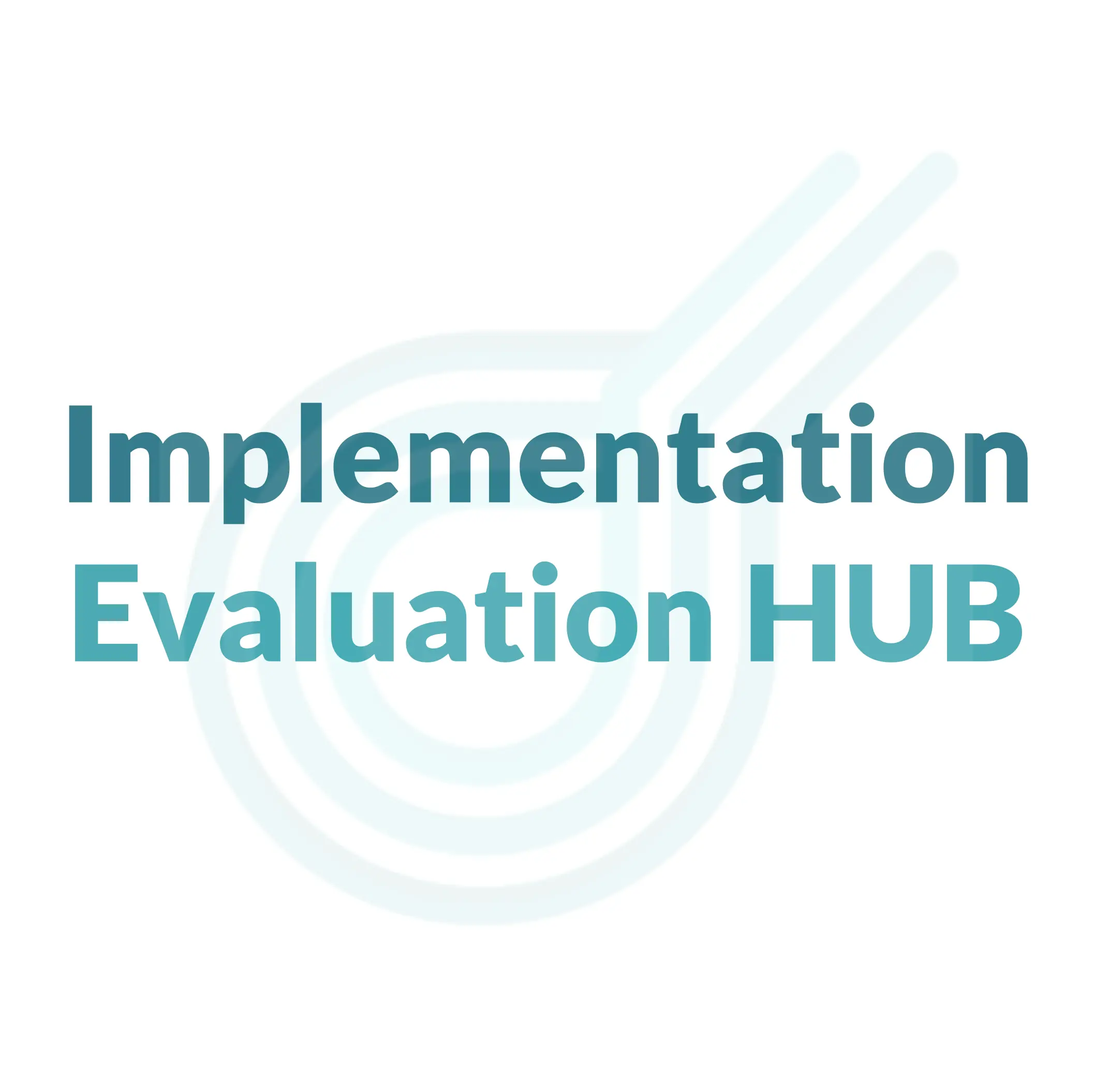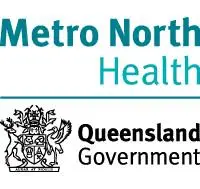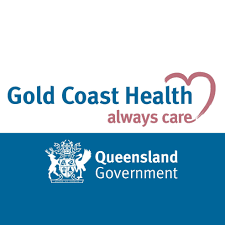Evaluation and Outcome Planning System
The evaluation domains of the Implementation and Evaluation Framework are integrated into the evaluation planning system below. It is designed to empower and guide teams in developing and refining evaluation plans and strategies to measure the outcomes for their models of care. Whether the goal is to improve existing strategies or to create new models of care, this evaluation system streamlines the understanding of healthcare evaluation and supports the development of effective plans ensuring a thorough analysis of a model of care’s performance.
Learn more about the Evaluation Domains below. This section outlines key questions for each domain and provides example performance indicators to guide your assessment process.
Proceed down the page to input an evaluation...

Evaluation Domains
Adoptability (Implementation Outcome)
Key questions: To what extent have stakeholders adopted the innovation or care model, and what factors influenced their decision?
Example measures: Observation of uptake, stakeholder interviews, administrative data, and user engagement scales.
Implementability (Implementation Outcome)
Key questions: How effectively has the innovation been put into practice, and what challenges have been encountered?
Example measures: Evidence of implementation through observation, stakeholder interviews, administrative data, assessment of organisational readiness, and fit into existing workflows and systems.
Sustainability (Implementation Outcome)
Key questions: How sustainable is the innovation or care model within the organisation, and what factors contribute to or hinder its long-term maintenance?
Example measures: Long-term outcomes, resource allocation beyond initial stages.
Effectiveness
Key questions: To what extent does the healthcare innovation or service achieve its intended purpose and desired outcomes?
Example measures: Health status, quality of life, recovery rates, or improvement in health conditions.
Safety
Key questions: How effectively does the healthcare innovation or service prevent harm to patients or improve safety during delivery of care delivery? Example measures: Diagnostic accuracy, error rates, and occurrence of adverse events.
Patient-centredness
Key questions: To what extent does the healthcare innovation or service involve patients in decisions and tailor care to their preferences?
Example measures: Patient experience, satisfaction, continuity of care.
Healthcare profession/system experience
Key question: What has been the experience of healthcare professionals with the innovation?
Example measures: Perceptions and experiences of healthcare professionals.
Accessibility
Key questions: How has the innovation or care model impacted patients' access to needed care and services?
Example measures: Timeliness of care, including diagnosis and treatment.
Service delivery (Activity)
Key questions: What actions, processes, and metrics are involved in delivering the innovation or service?
Example measures: Patient volume, service frequency, and discharge rates.
Economic Evaluation
Example measures: Cost-minimisation, cost-effectiveness, treatment costs.
Design Your Evaluation Plans
Get Started!
Evidence of
Evidence of
[select HealthcarepracticeprinciplesEvidenceof include_blank “Clinical governance ” “Coordinated care” “Collaboration”]
[text Adoptabilityothers-8]
[text Sustainabilityothers-8]
Clinical solutions
Lorem ipsum dolor sit amet, detracto efficiantur per in, id decore ponderum legendos sed. Eu qui porro voluptua instructior, labor oporteat partiendo eu duo. Ignota impedit officiis et duo. Ex mei mundi eleifend, nisl justo intelleg quodsi. Est mucius audiam an. Ad sed erat pertinax vituperatoribus. Te vim quo postea possit reprimique, has ex fierent abhorreant scripserit purto euripidis tempor quodsi lorem.
Chemistry testing
Electrical signals
Biological evaluation
Toxicological assessment
Why we believe in open innovation
*Electrical signals in the brain
Why we believe in open innovation
*Electrical signals in the brain
Why we believe in open innovation
*Electrical signals in the brain
Why we believe in open innovation
*Electrical signals in the brain
Why we believe in open innovation
*Electrical signals in the brain
our work
Data Science
Inspired by nature. Perfected by science.
Growth over assembly
Growth over assembly
Nature-centric design
*Beratung für Data Science











